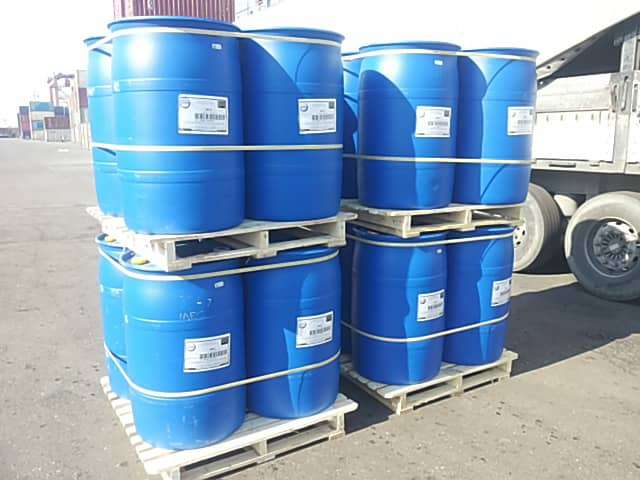
MEG (MONOETHYLENE GLYCOL)
We are exporter of high quality Iran MEG from UAE and Turkey in bulk, drum, flexi and ISO tank.Minimum order quantity is one container and most of the time we have in stock in Dubai Jebel Ali port.
What is MEG?
Monoethylene Glycol is an organic compound with the chemical formula C₂H₆O₂. It is a colorless, odorless, sweet-tasting liquid that is highly soluble in water. It is part of the glycol family and is widely used in industrial and commercial applications.
Molecular Weight: 62.07 g/mol
Boiling Point: 197.3°C (387.1°F)
Freezing Point: -12.9°C (8.8°F)
Density: 1.1132 g/cm³ at 20°C
UN number :3082
CAS Number: 107-21-1
Differences of MEG with TEG and DEG
| Property | MEG (Monoethylene Glycol) | DEG (Diethylene Glycol) | TEG (Triethylene Glycol) |
|---|---|---|---|
| Chemical Formula | C₂H₆O₂ | C₄H₁₀O₃ | C₆H₁₄O₄ |
| Molecular Weight | 62.07 g/mol | 106.12 g/mol | 150.17 g/mol |
| Boiling Point | 197.3°C | 245°C | 285°C |
| Toxicity | Highly toxic | Moderately toxic | Least toxic |
| Primary Uses | Antifreeze, polyester | Solvent, humectant | Gas dehydration, solvent |
MEG is the simplest and most widely used glycol, primarily for antifreeze and polyester production.
DEG is a slightly larger molecule with applications as a solvent and humectant.
TEG is the largest of the three and is mainly used for gas dehydration and as a solvent.
Iran MEG
- Mechanical resistance
- Excellent dielectric properties
- Low hygroscopicity
Usage and Industries
Industry including textile, automotive, paints & coatings, packaging, etc. which we describe some of them below :
- Polyester fibers, threads, films, and polyester resins are produced from the reaction of UAE MEG
- widely used in the textile industry
- polyester films are used to produce photographic films, magnetic tapes and packaging.
- PET which is frequently used in the packaging of foodstuff and carbonated beverages.
- polyester resins, alkyd resins, rosin esters, and polyurethane resins.
- anti-freezing agent in emulsified resins.
- MONOETHYLENE GLYCOL known as alkyd resins, are used frequently in the industry of paints and varnishes.
- Wetting and plasticizing agents MONOETHYLENEGLYCOL can be used as a wetting and plasticizing agent in the production of cellophane, glues and adhesives, textiles, printing ink, leather, cosmetics, paper, and pharmaceutical products.
- Ethylene glycols can also be used in the formulation of printing ink, in the
- treatment of gases, in the formulation of fire-resistant hydraulic fluids, in the
- formulation of cutting oils, in the formulation of surface polishers, in the
- formulations of agrochemicals, in the extraction of solvents, in the
- manufacture of pigmented pastes and putty for walls, and in the synthesis of
- explosives.
- Iran MONOETHYLENE GLYCOL is used in industrial refrigeration circuits and internal combustion engine coolant systems with the purpose of raising the boiling point and reducing the freezing point of the solution used.
Packing of MEG
- plastic drum
- steel drum
- IBC
- flexi bag
